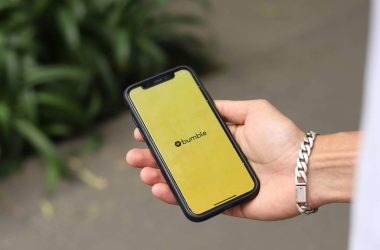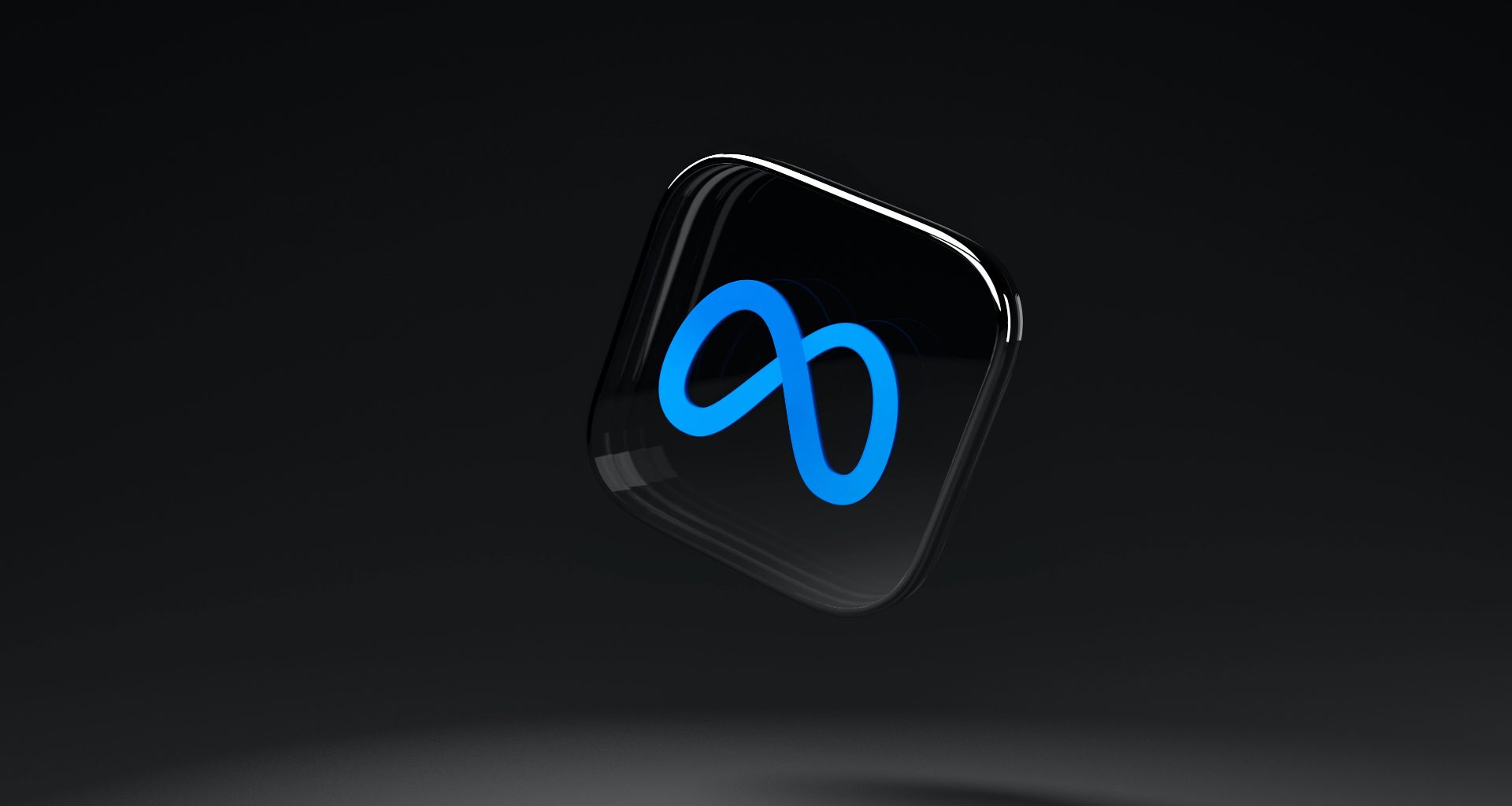In the race to innovate AI technologies, Meta has introduced its standalone generative AI experience on the web, aptly named Imagine with Meta. This tool allows users to craft images simply by describing them in natural language, a step further in the evolution of AI-generated content. Similar to OpenAI’s DALL-E, Meta’s Imagine leverages the existing Emu image generation model to bring high-resolution images to life based on textual prompts.
Imagine with Meta comes on the heels of Google’s Gemini launch, showcasing Meta’s commitment to pushing the boundaries of AI creativity. This standalone AI experience is designed to be accessible on the web, allowing users to create images outside the confines of messaging apps. Users in the U.S. can currently access the tool for free, generating up to four images per prompt.
In a blog post, Meta shared insights into the expansion of Imagine with Meta beyond chat applications. The tool was initially embedded in messaging experiences, fostering playful and creative interactions. Now, it’s breaking free to empower users to create imaginative content directly on the web.
The company plans to introduce watermarks to content generated by Imagine with Meta in the coming weeks. These watermarks, generated with an AI model, will be invisible but detectable by a corresponding model. Meta assures users that these watermarks are resilient to common image manipulations, including cropping, resizing, color changes, screenshots, image compression, noise, sticker overlays, and more.
Meta envisions extending the use of invisible watermarking to many of its products featuring AI-generated images. The company emphasizes its commitment to transparency and traceability, acknowledging the need for users to discern between human and AI-created content.
Watermarking techniques for generative art have been employed by various companies. Startups like Imatag and Steg.AI offer watermarking tools resistant to resizing, cropping, and editing. Tech giants like Microsoft and Google have adopted AI-based watermarking standards, reflecting an industry-wide push for clearer identification of AI-generated works.
Photo: Unsplash








